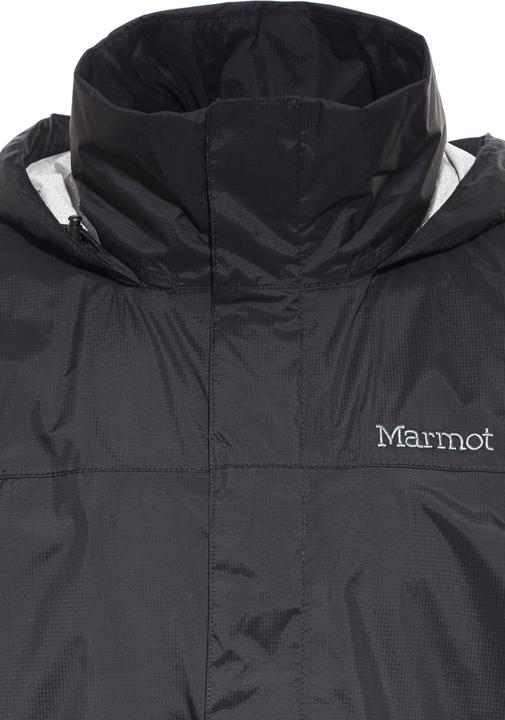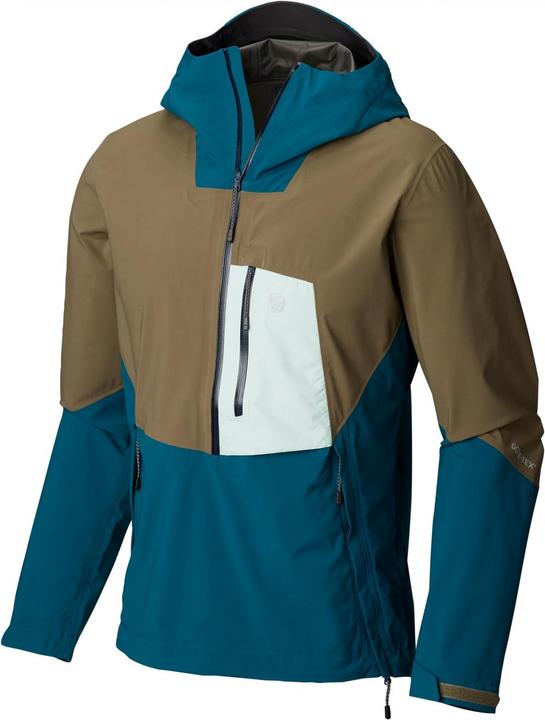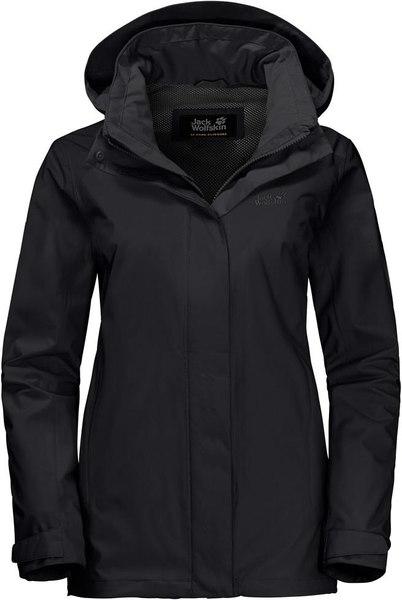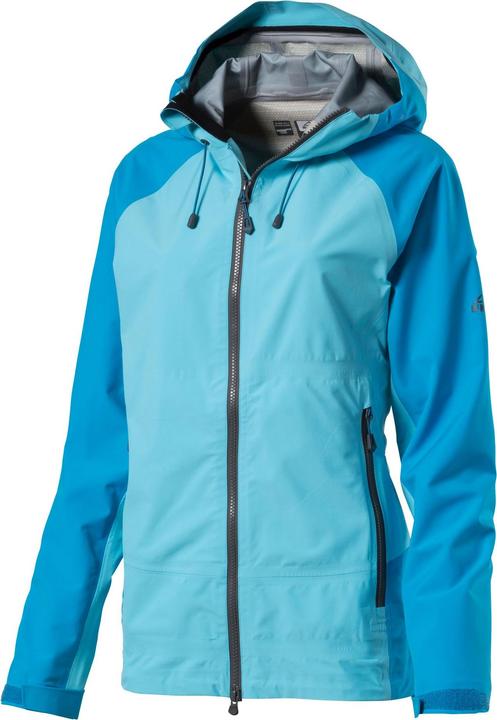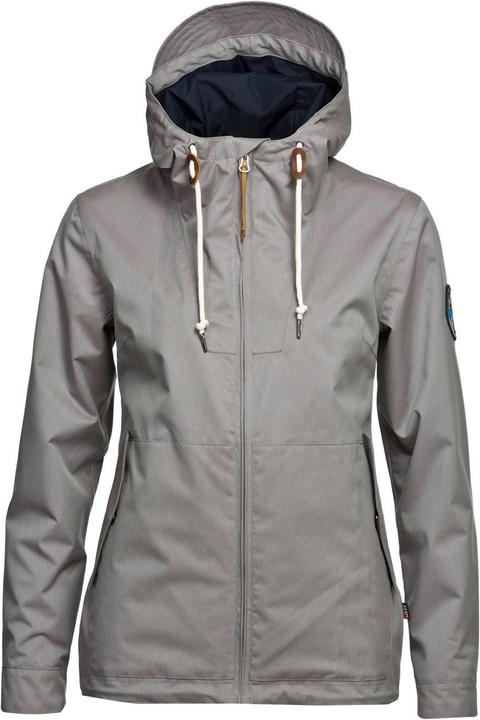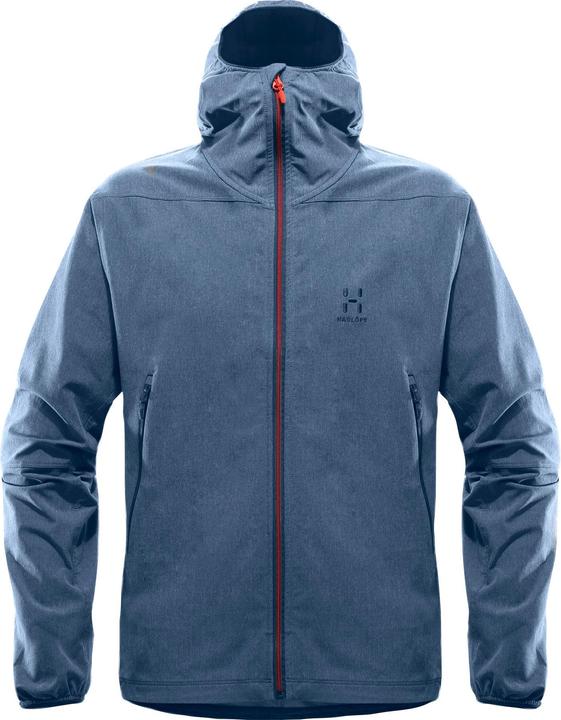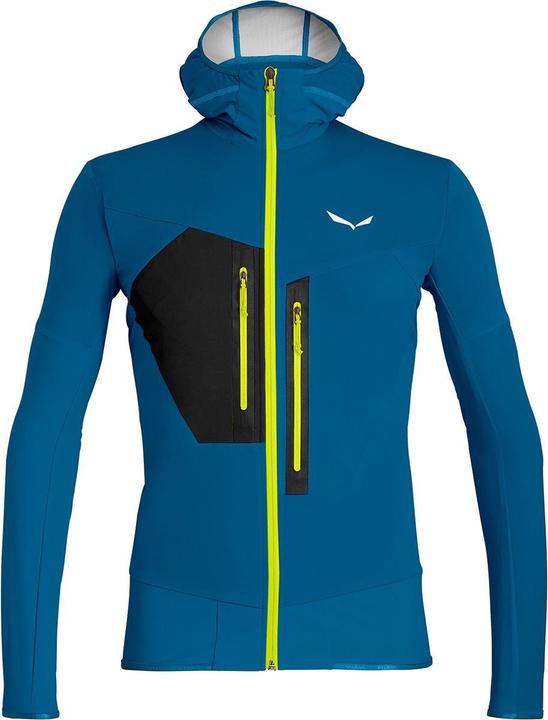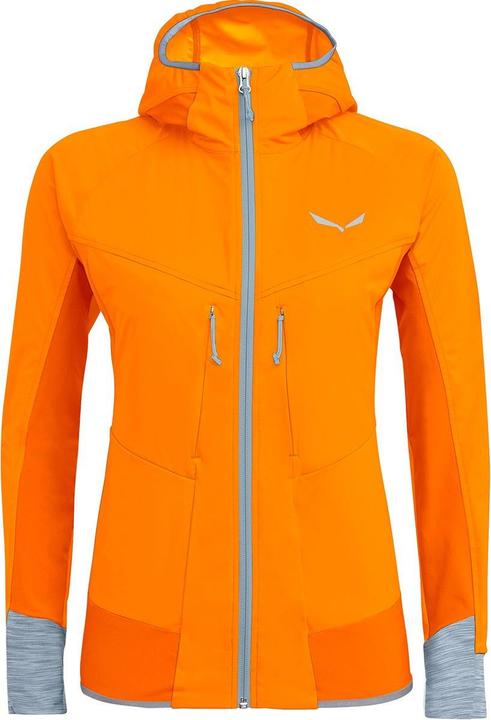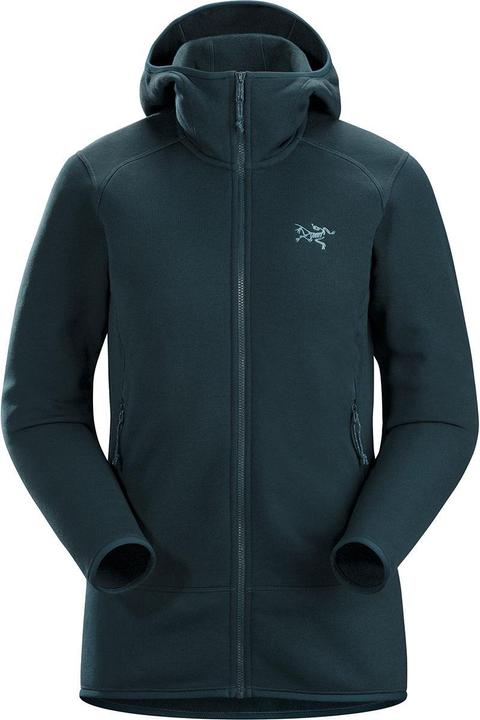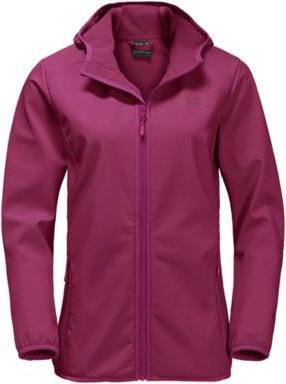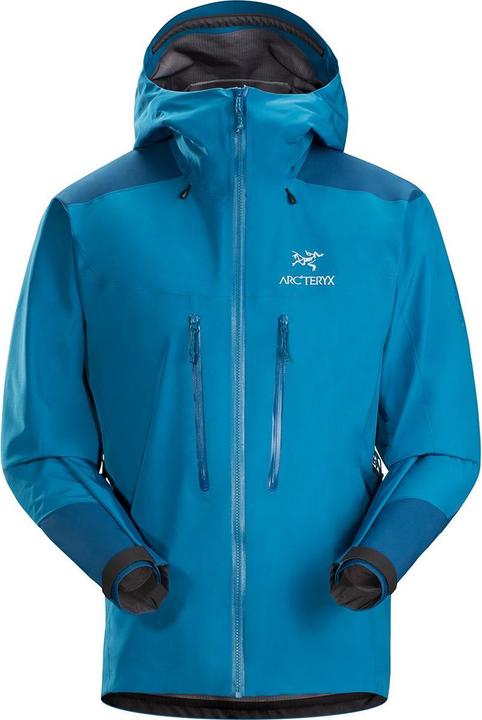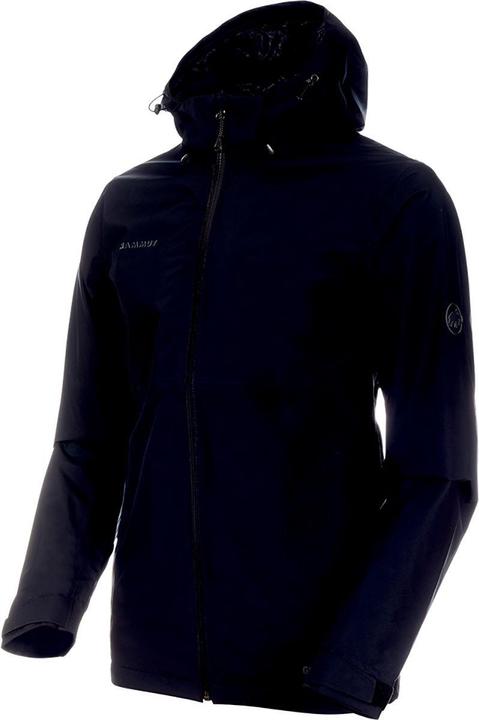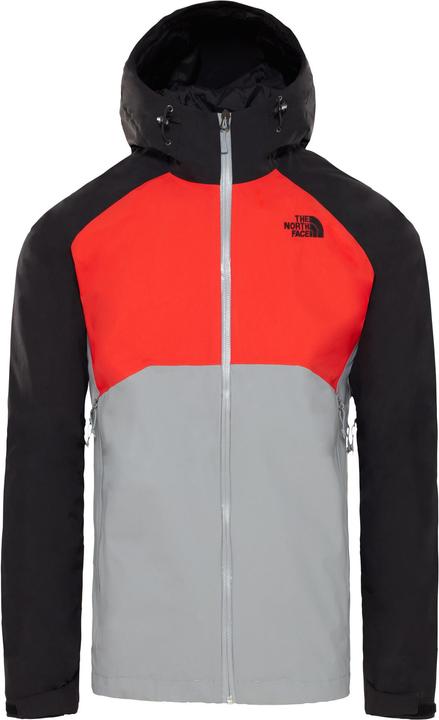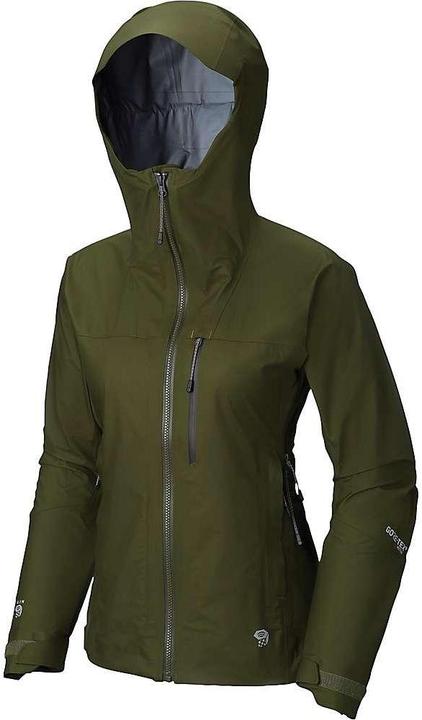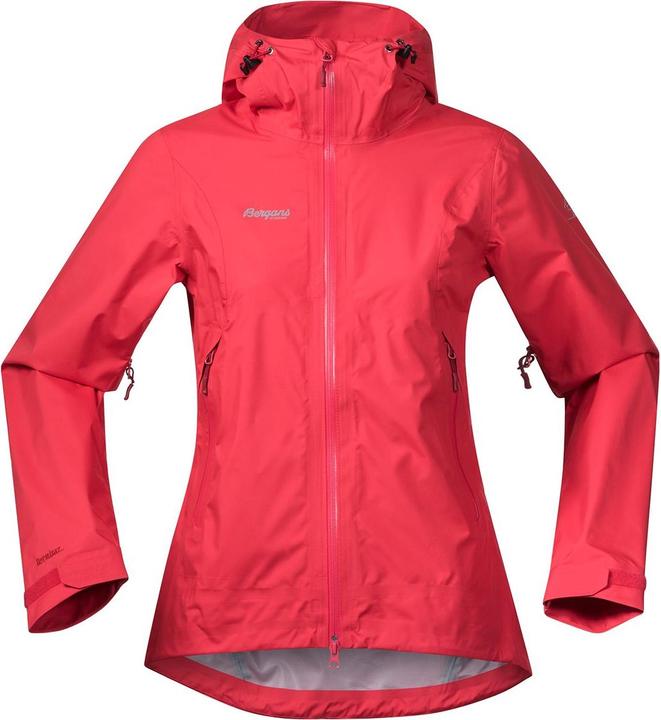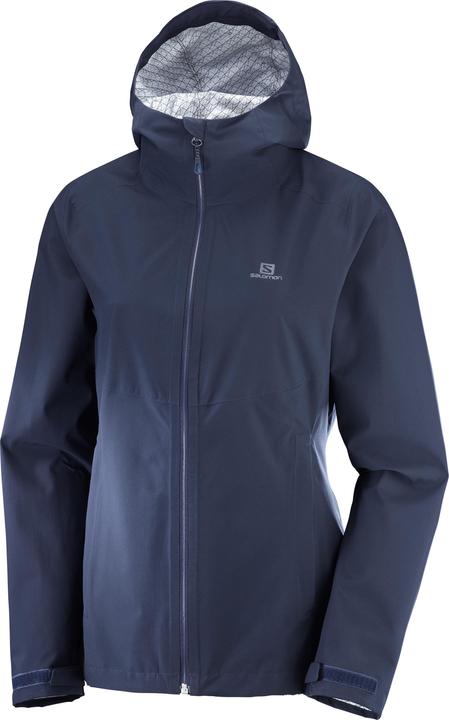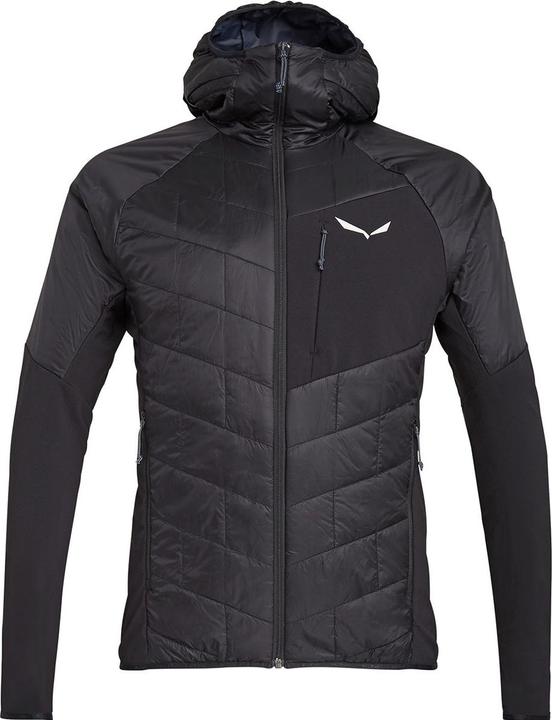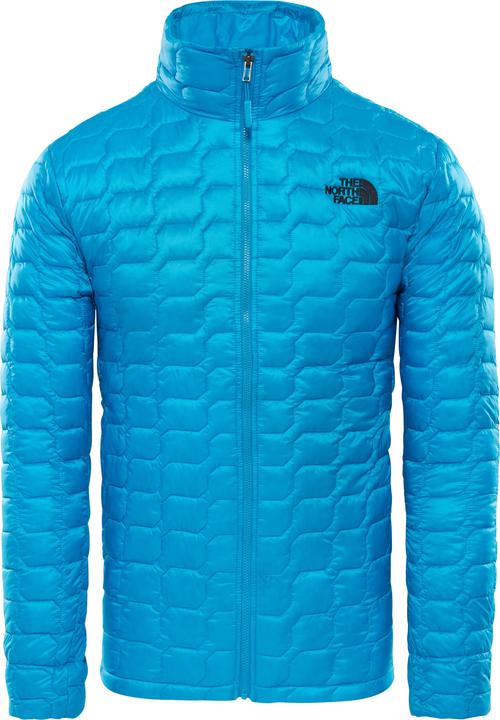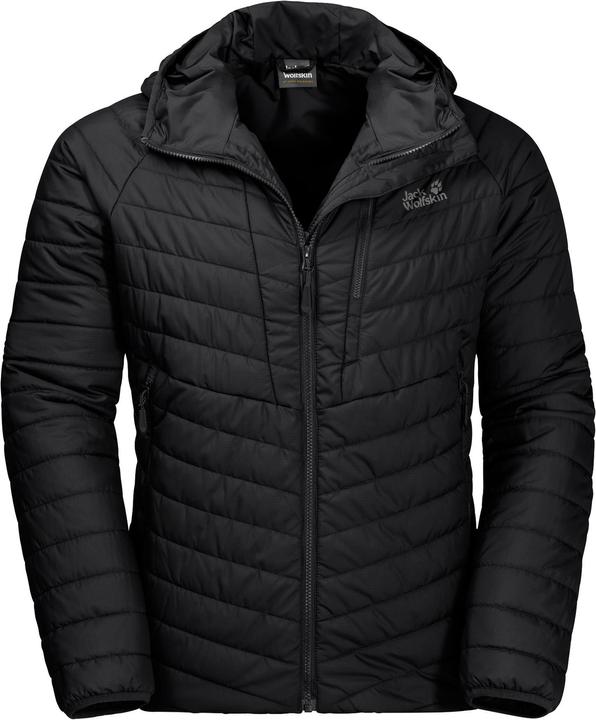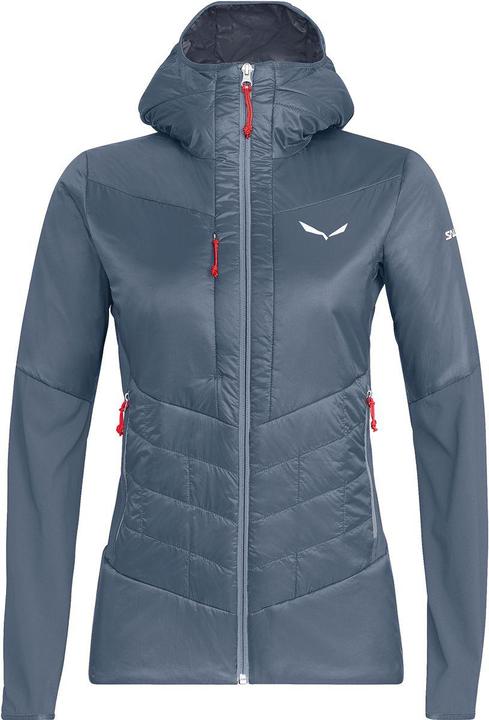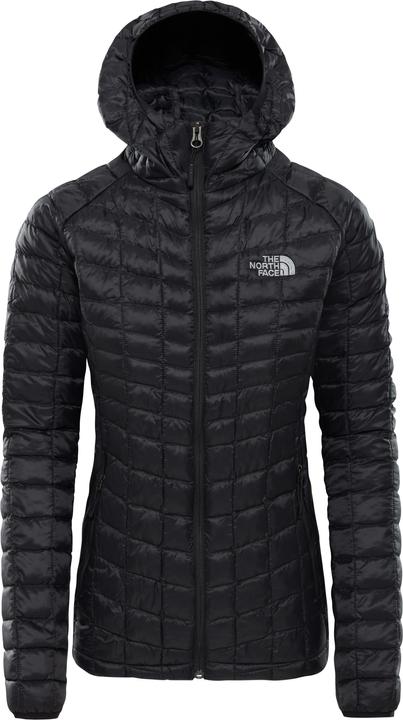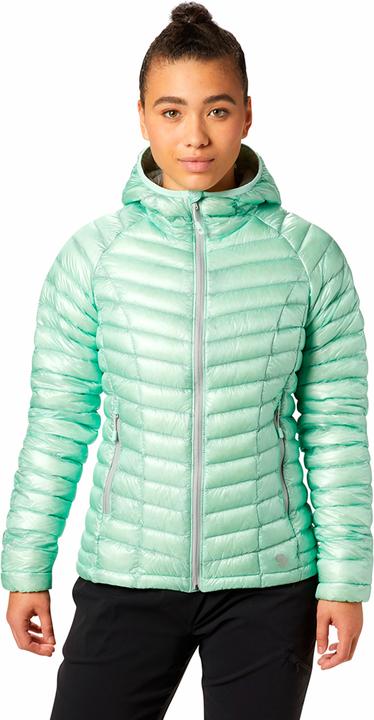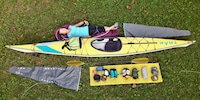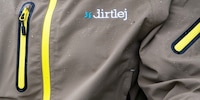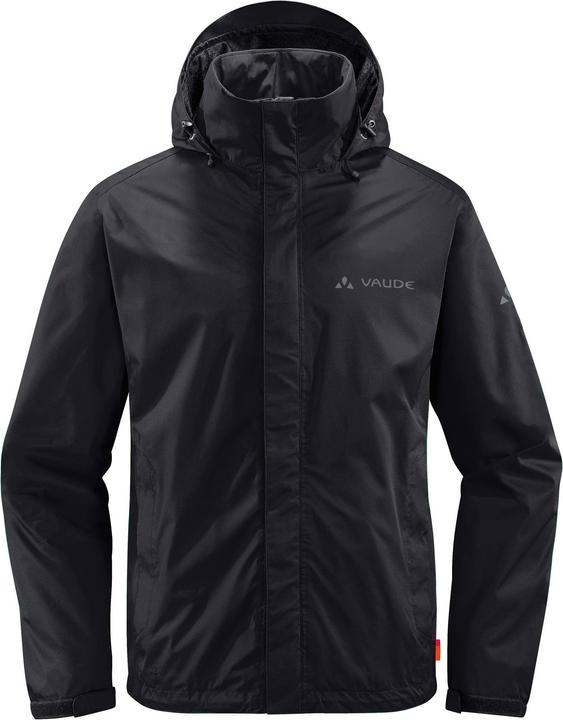

Choosing the right outdoor jacket
When it comes to choosing the right hiking or walking jacket, a lot depends on the weather, what outdoor activity you’ll be using it for and any special requirements. I’ve picked out four types of outdoor jackets that each have something different to offer.
First published on 1 March 2018
There are plenty of times you might find yourself reaching for an outdoor jacket. They’re great for everything from hiking to longer expeditions, cycling and even just daily activities such as walking the dog. They certainly have advantages over traditional jackets.
Rain jackets: light, weatherproof jackets
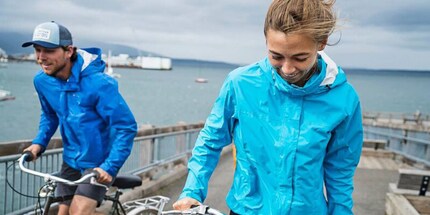
Rain jackets tick the basic boxes. By that I mean they protect you from rain and the elements, all the while being light and thin. However, they aren’t as robust, meaning you’ll wear them out faster than hardshells. In terms of waterproof-ness, the waterproof rating shows just how much protection outdoor jackets provide. The higher the rating, the more waterproof it is. For instance, a 1,000 mm waterproof rating means the jacket can withstand the pressure of about a litre of water. Meanwhile, specialist rain jackets normally have a waterproof rating between 10,000 and 30,000 mm.
Softshells: the all-rounders
Softshell jackets combine insulation and weather protection. They’re breathable, windproof, water-repellent and in some cases even waterproof. Softshells boast softer, more warming material than hardshell jackets and come with a stretchy fabric that makes them comfortable to wear.
Hardshells: the extra strong jackets
Hardshell jackets are good for wet and demanding conditions. They’re fitted with a membrane or coating that protects the outer material from damage and makes the jacket waterproof, windproof and breathable. Hardshells are made up of 2, 2.5 or 3 layers. Two layer jackets feature a robust outer material that’s attached to the membrane to protect it from damage. These jackets are usually lined on the inside with thin mesh. Hardshells with 2.5 layers come with an extra protective coating on the inner side of the membrane. Meanwhile, three layer jackets have their own inner lining and are therefore more robust and comfortable to wear.
To keep the upper material waterproof and breathable, it’s given an additional layer. This is either a synthetic film (membrane) or a coating. A membrane is a semipermeable, thin dividing layer that is attached to the material. The structure is designed in such a way that water drops can’t get through but any water vapour or humidity can get out.
Insulated jackets: when it's all about staying warm
In terms of layering clothes to keep warm, insulated jackets act as the mid layer of protection against the elements. Insulating materials such as wool, down and synthetic fibres, which includes Primaloft, Polartec and Power Fill or the like, create air pockets that keep heat in the body. How well insulated a jacket is depends on what it is stuffed with, the quality of the stuffing and the product design. To choose the right insulated jacket, you’ll need to look at what activity you’ll be using it for and the kinds of requirements this involves. There are undoubtedly as many insulated jacket designs as there are outdoor hobbies – whether that’s climbing, skiing, hiking or strolling around a city. What differentiates insulated jackets most is the kind of material they’re stuffed with. The most common types of stuffing are down, wool and synthetic fibres. Any of them could be the right choice for you, depending on the outdoor activity.
Down jackets
Down jackets give you the best insulation relative to weight and pack size. They’re also unbeatable when you need maximum warmth. Insulated down jackets are light and durable but they are more expensive and require more care than jackets insulated with synthetic fibres or wool. The Achilles heel of down jackets is damp and humidity. That’s why they’re out of place in intense sporting activities. Unless, of course, the jacket is made of water-resistant down and designed specifically for this type of use. However, there is still one point I haven’t covered: the ethical issue. You always want to consider if it’s cruel to animals before choosing a down jacket. That’s why it’s best to stick to animal-friendly down jacket producers.
Synthetic insulated jackets
These are usually cheaper, low-maintenance and perfect for outdoor activities where it’s rainy or you’re going to sweat a lot. That’s because synthetic stuffing hardly absorbs any moisture and maintains its insulating properties even when it’s covered in sweat. On the flip side, synthetic insulated jackets are often – depending on the quality of the stuffing – heavier than down jackets of comparable quality. Synthetic jackets also have a bigger pack size. That being said, the sheer variety of synthetic stuffings means you can’t make sweeping statements about the material properties, strength or insulation quality of synthetic jackets. It really does vary. Certainly, insulated sportswear is often designed with a specific outdoor activity in mind.
Wool insulated jackets
Jackets insulated with wool offer a natural alternative to synthetic stuffing, even though you don’t get the best ratio of warmth to weight for your money – or even lightweight options. However, pure new wool insulation, such as Swisswool and Tirolwool, is temperature-balancing and moisture-regulating. This material is pretty hard-wearing against damp environments and still keeps you warm when the jacket is wet. Wool is self-cleaning, robust and won’t give you an electric shock. It also works naturally to counteract unpleasant smells.
But it’s not just the stuffing material that plays a role in how cosy your insulated jacket is. The amount of stuffing used is also important, as this dictates if the jacket is just lightly insulated or a full-on winter jacket for staying snug in the coldest of temperatures.
Outdoor jackets – handy extras

- Ventilation: you’ll find zippers under the arms of some outdoor jackets. These help air to circulate and avoid excessive sweating.
- Hoods: hoods on outdoor jackets can be rolled in, fixed or detachable. Depending on the kind of activity you’re doing, you’ll want to make sure the hood fits over your head when you’ve got a helmet on.
- Zipper coverings: another sign of a well-made hiking jacket is the protective coverings over the zips. It’s not enough for the main zip at the front to be covered; you also want the side pockets to be protected from incoming rain with at least one cover.
- Weight: a lighter model could be useful, depending on what you’ll be using your jacket for. The lightest jackets start at a mere 230 grams.
- Higher up pockets: it’s usually practical when your outdoor jacket pockets are slightly higher up. That way you know the rucksack waist belt won’t always be obstructing the pockets and pressing into you.
Practical solutions for everyday problems with technology, household hacks and much more.
Show all